Flight for Freedom
6.2 /10 1 Votes6.2
Country United States | 6/10 IMDb Genre Biography, Drama Duration Language English | |||||||||||||||||||||||||||||||||
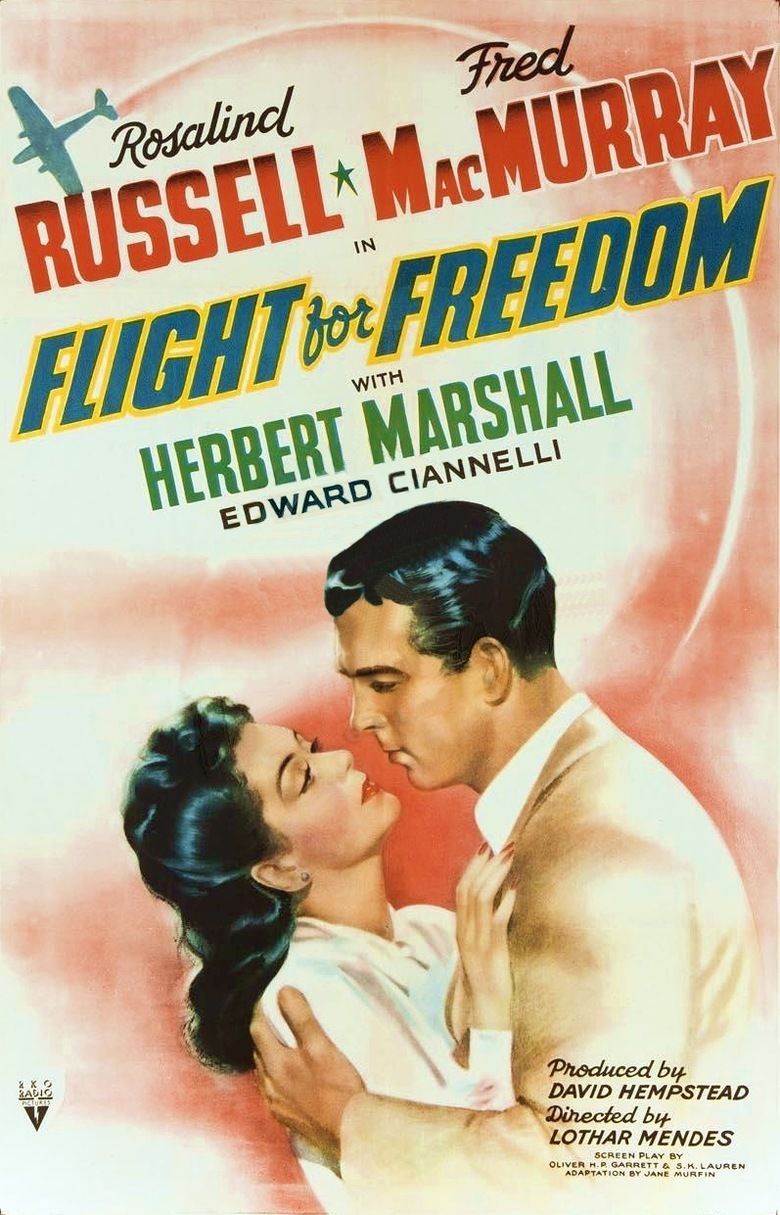 | ||||||||||||||||||||||||||||||||||
Release date April 2, 1943 (1943-04-02) Writer Oliver H.P. Garrett (screenplay), S.K. Lauren (screenplay), Jane Murfin (adaptation), Horace McCoy (story) Screenplay Oliver H.P. Garrett, S.K. Lauren Cast (Tonie Carter), (Randy Britton), (Paul Turner), (Johnny Salvini), (Admiral Graves), Hugh Beaumont (Flight Instructor)Similar movies Harry Potter and the Goblet of Fire , Harry Potter and the Prisoner of Azkaban , Harry Potter and the Order of the Phoenix , Howl's Moving Castle , Harry Potter and the Half-Blood Prince , The Matrix Revolutions | ||||||||||||||||||||||||||||||||||
Flight for Freedom (aka Stand to Die) is a 1943 American drama film directed by Lothar Mendes and starring Rosalind Russell, Fred MacMurray and Herbert Marshall. Film historians and Earhart scholars consider Flight for Freedom an "a-clef" version of the Amelia Earhart life story, concentrating on the sensational aspects of her disappearance during her 1937 world flight. The film's ending speculated that the main character's disappearance was connected to a secret mission on behalf of the U.S. government.
Contents
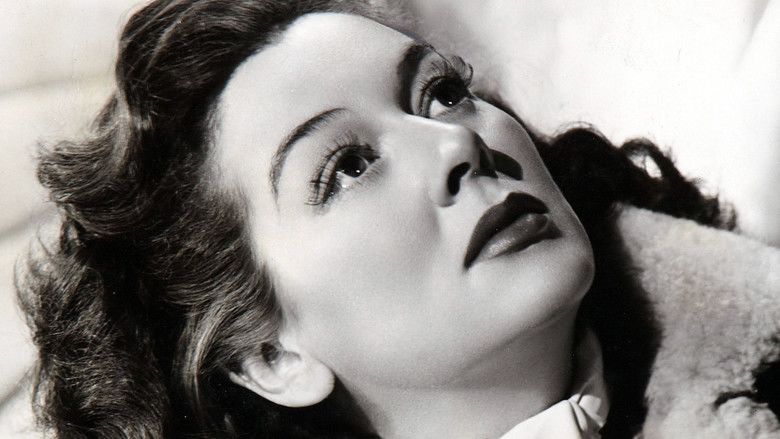
Plot
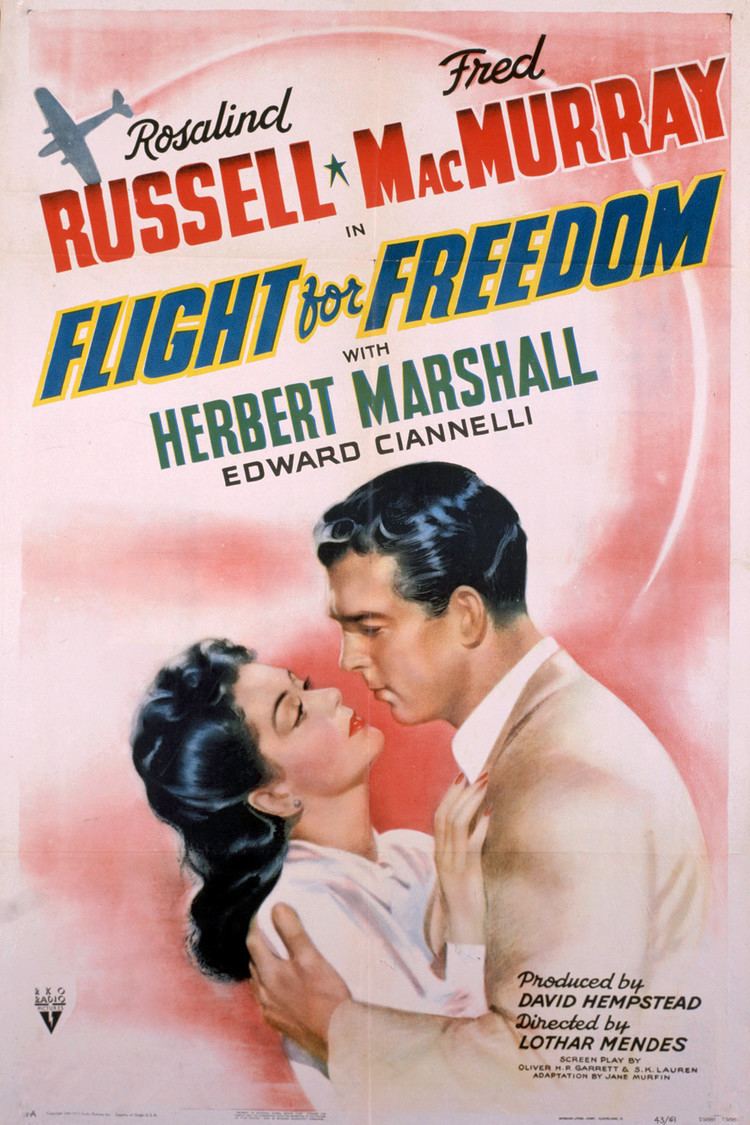
Tonie Carter (Rosalind Russell) is a well-known aviator who is fighting the prejudice against women pilots in the aviation establishment of the 1930s. One of her rivals, pilot Randy Britton (Fred MacMurray), is attracted to her. After setting flight records, Tonie embarks on a solo circumnavigation of the globe.
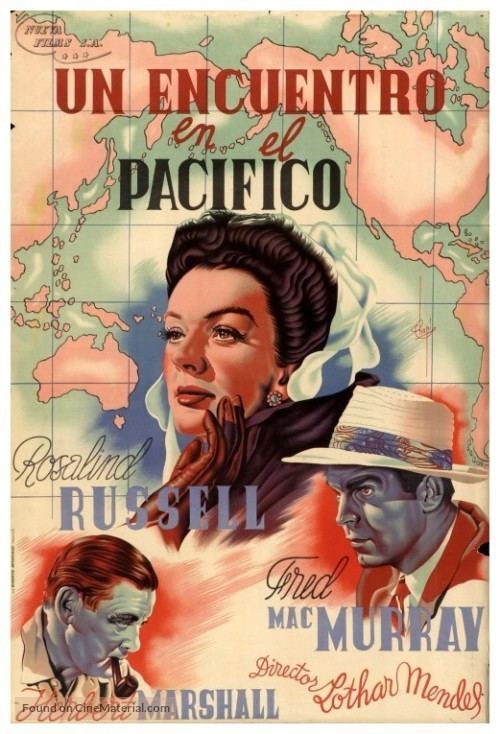
When her plans are made public, Admiral Graves (Walter Kingsford) asks her to undertake a top-secret mission involving flying over Japanese-held territory in the Pacific. Randy has discovered the Japanese-mandated islands have hidden military installations. Their intentions soon become clear when Tonie's takeoff from Hawaii is sabotaged by a Japanese mechanic. Her flight instructor, Paul Turner (Herbert Marshall), who wants to marry her at the conclusion of the flight, is apprehensive about the dangers involved.
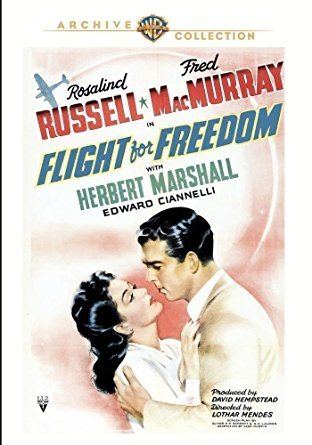
One of the concerns is that Gull Island, a tiny island rendezvous in the Pacific is a daunting challenge for even the best navigator. The US Navy sends Randy Britton to join her in New Guinea as her navigator. She finds out that the Japanese will be waiting for her on Gull Island. Not wanting to jeopardize Randy, her true love, Carter takes off early in the morning before he reaches the airport. She vanishes during the latter part of the world flight, triggering a massive search which proves fruitless.
Cast
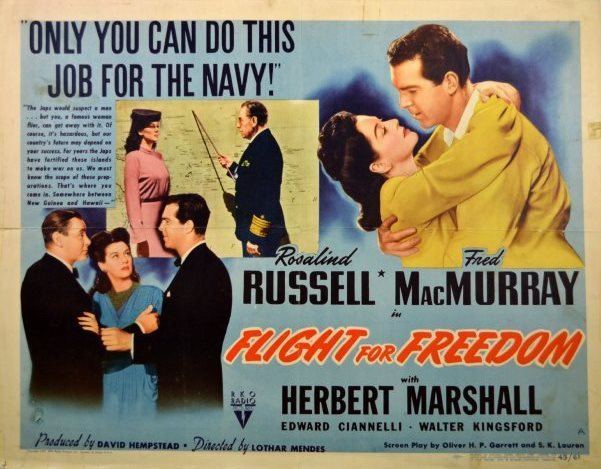
As per screen credits:
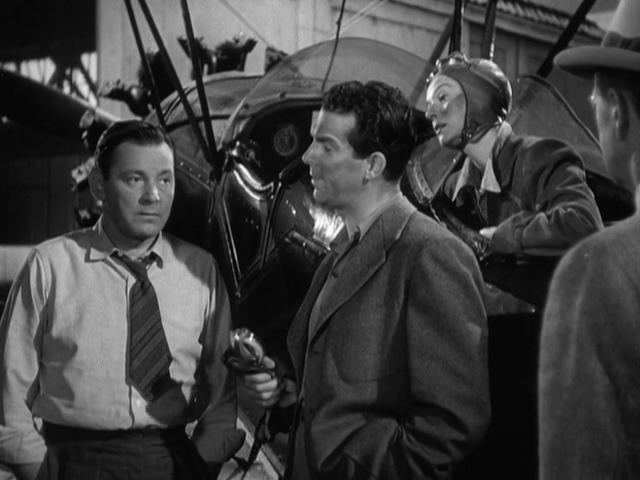
Production
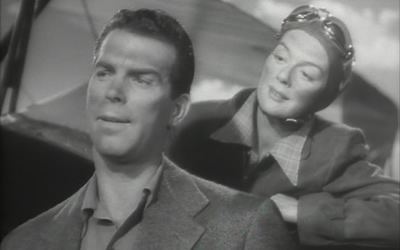
Flight for Freedom was produced by RKO, whose CEO, Floyd Odlum, was married to Jacqueline Cochran, one of Earhart's close friends and a renowned aviator in her own right. It was claimed to be based on a screenplay submitted by Amelia Earhart's husband, George P. Putnam, Rosalind Russell's characterization of the Earhart-like aviator shows Carter establishing a reputation as "the Lady Lindbergh" and setting numerous aviation records. Other characters are loosely drawn from real life, such as Earhart confidant and instructor Paul Mantz, as well as Fred Noonan, albeit in the role of pilot Randy Britton, played by Fred MacMurray, on loan from Paramount Pictures.
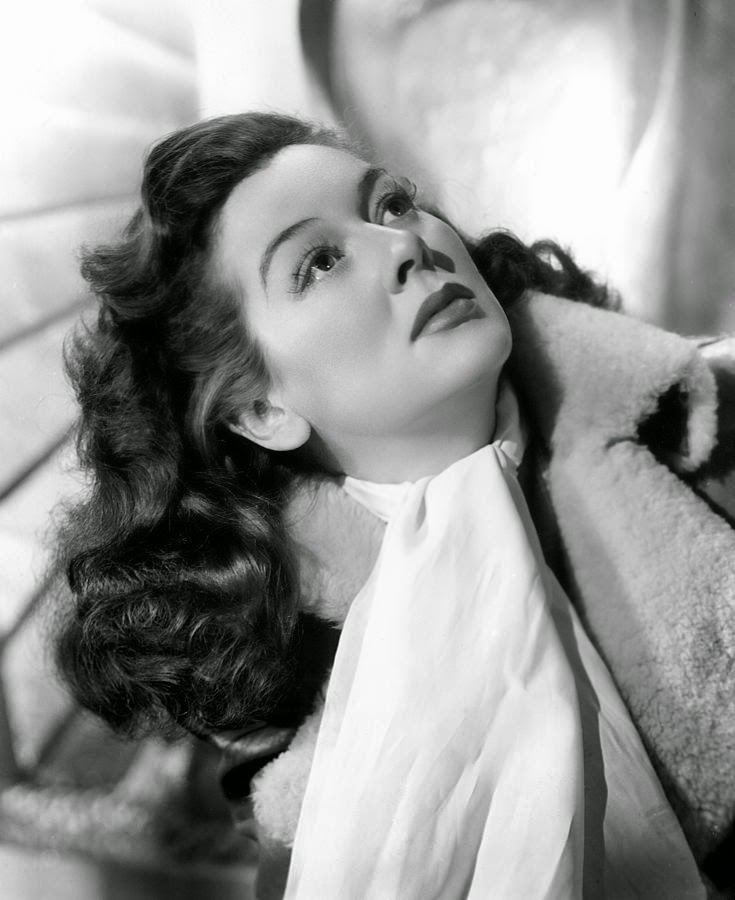
As a propaganda film, the Japanese characters in Flight for Freedom were portrayed as devious and evil. Fred MacMurray's character joins the US Navy and attacks a Japanese base using the photographs taken of secret Japanese bases. Principal photography, under the working title Stand to Die, was completed from late-August to late-October 1942, with additional scenes shot in December, as the release was held back to coincide with the headline news surrounding the Battle of Midway. Newsreel footage was incorporated to show naval missions over the area that Tonie Carter was portrayed as having overflown.
Reception
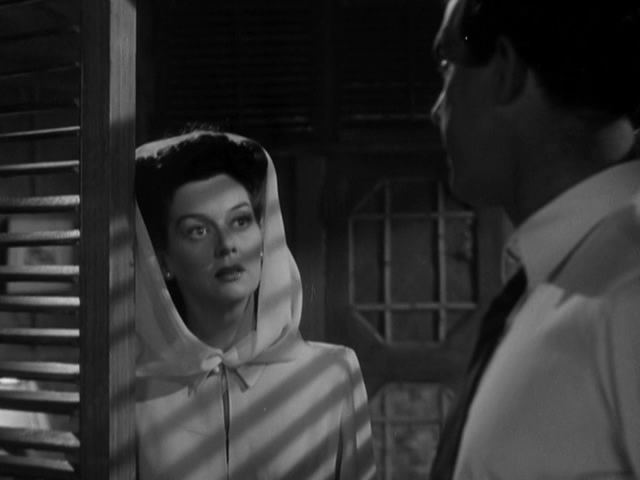
Flight for Freedom furthered a myth that Earhart was spying on the Japanese in the Pacific at the request of the Franklin Roosevelt administration. Bosley Crowther of The New York Times, in his contemporary review, echoed the popular notion that the film was based on the life of Amelia Earhart. His lukewarm review touched on the central theme as being tacitly untenable. His review noted: "As a movie, this 'Flight for Freedom' bumps along interminably before it lifts, mainly because it has trouble pulling out of a conventional rut. Mostly it is a routine story of one of those unsatisfactory romances, wherein a woman flier and a gentleman (also a flier) stay apart. He is a reckless, wolfish rascal; she is a steady, four-square type. While she is becoming famous he is becoming a bum. But then the Navy secretly invites her to join in a ruse upon the Japs. For one brief moment before oblivion she meekly acknowledges her love."
The Hollywood Reporter announced that the proceeds from the Hollywood premiere were given to war charities. Rosalind Russell later reprised her role in a Lux Radio Theatre broadcast on September 20, 1943, co-starring George Brent as Randy Britton.
Awards
Albert S. D'Agostino, Carroll Clark, Darrell Silvera and Harley Miller were nominated for the Academy Award for Best Art Direction (Black-and-White).
References
Flight for Freedom WikipediaFlight for Freedom IMDb Flight for Freedom themoviedb.org
